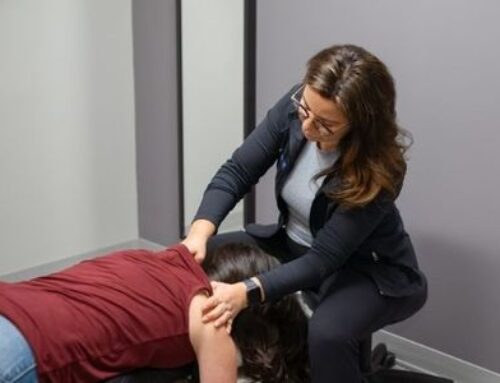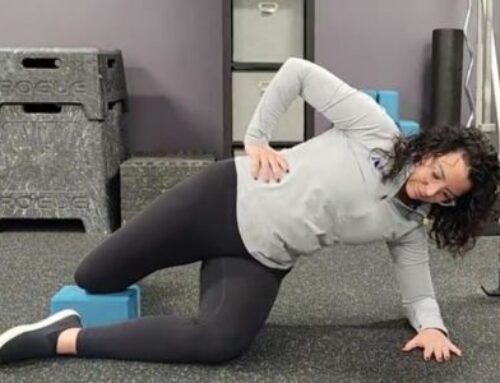Plagiocephaly is a flattening of one side of the back of the skull. This usually happens when babies have a side preference. Oftentimes, torticollis can be a cause for this. So how do you know if this is happening to your baby? Is it going to affect their development? How do you fix it?
Well first, let’s take an inventory of a few things: is your child always facing the same way when they are asleep in their crib or bassinet? Is their head falling to one side while in the car seat or swing? If you are breastfeeding, do you notice that they latch better on one side? Next, are all of these things happening to the same side? If the answer to some or all of these questions is yes, keep reading and I will give you a few tips that might help your child.
Plagiocephaly can range from mild to severe. The best way to check is to look at your baby’s head from the top. It should be symmetrical all the way around, the ears should be evenly on the sides and so should the cheeks. If you notice that the same cheek and ear look pushed forward and there is flattening on the back of the skull, there is likely a plagiocephaly. Frequently, varying the child’s positioning is enough to help the shape change on its own but sometimes intervention is needed.
When a baby prefers to do everything to the same side, sometimes the muscles and joints in the neck are responsible for this. Loosening the muscles and allowing the joints to move through their full range of motion helps the baby to be able to look to both sides equally. Making sure to switch shoulders if you burp your child there, changing the direction they look when baby wearing and encouraging them to look in the “new direction” when engaging with them can be helpful to balance the muscle strength in the neck.
Safe sleep position is on a firm surface on the child’s back until they are able to get in and out of this position on their own. So that means, if you notice your child is developing a flat spot keeping them off their back while awake is helpful. Most parents know about tummy time and are pretty good about doing this, but what about laying your child on their side? Using toys, mirrors, sounds to keep them entertained similarly to tummy time is a great way to change up the pressure on the baby’s head. Use your leg or a rolled blanket behind them to keep them from just rolling right to their back.
Lastly, as your baby learns to roll both belly to back and back to belly they are able to change the weight distribution on their head and we see many of the mild to moderate cases of plagiocephaly resolve on their own. If you think your child has a severe case or the entire back of the head is flattened, please be sure to speak with your child’s pediatrician about this because further intervention might be needed. As always, if you have more questions, reach out to Dr. Caitlin because she would be happy to answer them for you!





